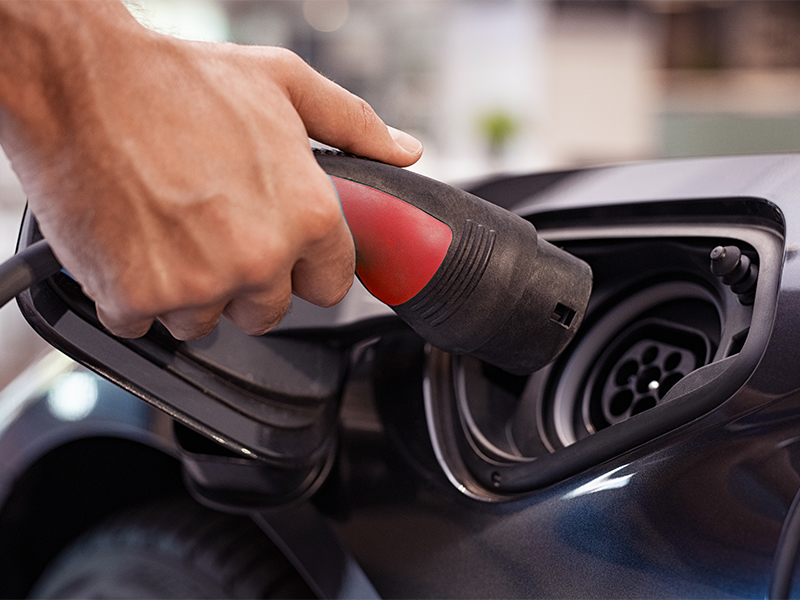
Smart Tariffs – What are they all about?
Smart tariffs and Time of use tariffs are being rolled out by suppliers to homes with a Smart Meter in Ireland. Over 240,000 smart meters have been installed across Ireland by ESB Networks with every home due to have a new Smart Meter by 2024. Pinergy has significant experience in Smart Meters having pioneered this technology over the last six years.
First things first – How is electricity priced?
Electricity pricing is made up of a Unit Rate and Standing Charges. The Standing Charges are a fixed amount, which means the same amount is charged irrespective of the amounts of energy you consume. The Standing Charge goes towards the distribution and transmission costs of having electricity supplied to your home, farm or business.
The unit rate is a variable element which means the cost of electricity goes up or down depending on how much electricity that you use. If you use less than you pay less, if you use more than you pay more.

How can I reduce my spend on Electricity?
The way to reduce your energy spend is to optimise your consumption. Make sure you are using the right amount of electricity for your property. Compare how much you use to homes just like yours.
Typically, a home will use 4,200 kWh in a year. Some will use more, some will use less. However, the key to understanding your consumption is the number of kWh.
This is not easy because most suppliers provide your consumption data as a single number over a month or even two months in a dull looking Bill. What you need to understand is how many kWh you use everyday, so you can make a change tomorrow.
The unit rate multiplied by your number of kWh in a day is how much you use every day. Don’t forget to include the Standing Charges!

What is a Time of Use Tariff or Smart Tariff?
Traditionally, Electricity has been priced as either a single unit rate for 24 hours or a Day / Night rate which meant you had one price from 8am to 11pm (daytime) and a different price from 11pm to 8am (night-time). The Day / Night rate was introduced to help homes that used Storage heaters overnight to gather heat for the daytime back in the 1980s. Not much innovation since then!
In addition, you are often billed based on estimated readings and standardised profiles meaning they are guessing what day and what time you consumed your power.
Now, with a Smart Meter you can access Time of Use tariffs which mean you will be charged for actual consumption at the time you actually use it. Time of Use tariffs enable consumers to shift their consumption to off peak times of the day when electricity is cheaper. You will be able to avail of different unit rate for different times of the day. Thus, you have more choice than a 24-Hour Meter or a Day / Night Meter.
In fact, your supplier can price electricity every 30 minutes over the 24 hours of a day.
So, for example, if you own an electric vehicle you may be able to charge you vehicle at night-time when power is cheaper or shift other high consuming tasks to times when power is cheaper
The purpose of Time of Use or Smart tariffs is to encourage responsible use of electricity. Electricity is a precious resource and energy waste is a big problem. To encourage the right behaviours, suppliers will be able to give discounts at time of day when demand is lower to help better manage the national grid.

Time of Use tariffs have been available in many other countries and will become more common in Ireland with the rollout and the switching on of ESB Networks Smart Meters. Pinergy has been providing its customers with Smart Meters for many years so we have a lot of experience in how they can really help you to optimize your energy.
What do we hope to achieve with these new tariffs?
As a country we are going to use more and more electricity over the coming years. Whilst our homes are becoming more energy efficient, there are a number of a number of factors that are going to mean demand will actually increase.
As we migrate our cars to Electric Vehicles over the next decade and reduce the need for fossil fuels to heat our homes and business, demand for electricity will increase as it steps in for petrol, diesel, gas, coal & oil.
So, we need to make sure that we encourage the right behaviours which is the reason these Tariffs are being rolled out.
We are likely to see the following changes driven by Time of Use Tariffs over the next few years;
- Conscious consumption means that more people become more aware of how, why and when they use electricity to ultimately reduce energy waste.
- Consumers getting rewarded for using electricity at times when demand is low. In the UK we are seeing suppliers pay their customers small amounts to charge their electric vehicles overnight when demand is at it lowest!
- Support the generation of even more renewable energy. As we move, as a country, to more renewable energy we will see the rollout of Time of Use tariffs enabling the development of more renewable generation which will be good for both customers pockets and the planet.
If you would like any more information just contact us.
